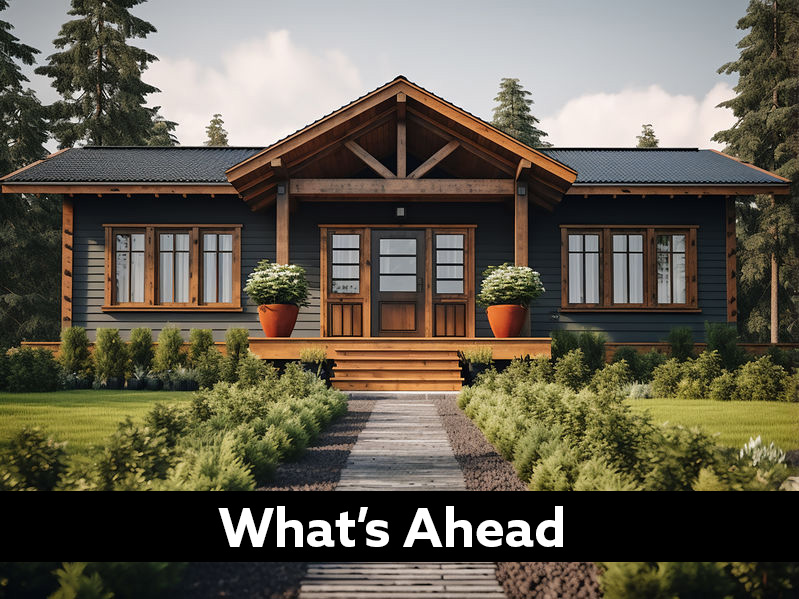 Owning a home isn’t just a significant milestone—it can also bring a variety of financial perks, especially when it comes to taxes. Many homeowners are eligible for tax deductions and credits that can make a big difference when filing their taxes. These benefits can help reduce your taxable income, saving you money. Here’s a breakdown of the tax advantages that come with homeownership.
Owning a home isn’t just a significant milestone—it can also bring a variety of financial perks, especially when it comes to taxes. Many homeowners are eligible for tax deductions and credits that can make a big difference when filing their taxes. These benefits can help reduce your taxable income, saving you money. Here’s a breakdown of the tax advantages that come with homeownership.
1. Mortgage Interest Deduction
One of the most significant tax benefits of homeownership is the mortgage interest deduction. Homeowners can deduct the interest paid on their mortgage for their primary residence (and sometimes a second home) from their taxable income. This deduction can lead to substantial savings, particularly in the early years of a mortgage when interest payments are the highest.
2. Property Tax Deduction
Another perk is the ability to deduct property taxes from your taxable income. Homeowners can deduct both state and local property taxes up to a certain amount, depending on current tax laws. This can help offset some of the costs associated with owning a home.
3. Home Equity Loan Interest Deduction
If you have a home equity loan or home equity line of credit (HELOC), the interest paid on these loans may also be deductible. To qualify for this deduction, the loan must be used for purposes such as home improvement or renovation, which increases the value of your home.
4. Capital Gains Exclusion on Sale of Home
When you sell your home, you may be eligible for a capital gains exclusion. If the home was your primary residence for at least two of the five years preceding the sale, you can exclude up to $250,000 in capital gains from your taxable income ($500,000 for married couples filing jointly). This can provide significant savings, particularly if you’ve lived in your home for many years and seen an increase in its value.
5. Energy-Efficiency Tax Credits
Many homeowners are eligible for energy-efficiency tax credits if they make energy-saving improvements to their homes. This includes things like installing energy-efficient windows, insulation, or solar panels. These credits can reduce your tax liability and encourage environmentally friendly home improvements.
6. First-Time Homebuyer Tax Credit (If Available)
Though the First-Time Homebuyer Tax Credit expired in 2010, some states still offer state-level credits for first-time buyers or for purchasing homes in certain areas. Be sure to check with your local tax authority to see if such credits are available.
7. Home Office Deduction
If you work from home, you may qualify for the home office deduction. This deduction allows homeowners who use part of their home exclusively for business purposes to deduct a portion of their home-related expenses, such as utilities, insurance, and depreciation. It’s important to follow IRS guidelines to ensure your home office is eligible.
Homeownership offers a range of tax benefits that can help offset some of the costs of owning a home. Whether it’s through mortgage interest deductions, property tax deductions, or credits for energy-efficient improvements, these perks can make homeownership even more financially rewarding. Always consult with a tax professional to ensure you’re maximizing your tax benefits and complying with current tax laws.
 Retirement is an exciting time to enjoy the fruits of your labor, but it can also be a time for change—especially when it comes to your living situation. Downsizing to a smaller home can provide a fresh start, reduce living expenses, and make life simpler. However, finding the perfect smaller home to suit your needs in retirement requires thoughtful consideration and planning. Here are some key tips to help you navigate the process and find a home that will allow you to enjoy your golden years to the fullest.
Retirement is an exciting time to enjoy the fruits of your labor, but it can also be a time for change—especially when it comes to your living situation. Downsizing to a smaller home can provide a fresh start, reduce living expenses, and make life simpler. However, finding the perfect smaller home to suit your needs in retirement requires thoughtful consideration and planning. Here are some key tips to help you navigate the process and find a home that will allow you to enjoy your golden years to the fullest. Selling a home in winter can be just as successful as selling in any other season, with the right strategy. While colder weather may present unique challenges, there are plenty of opportunities to make your home stand out. If you’re ready to list your home during the winter months, follow these valuable tips to increase your chances of success.
Selling a home in winter can be just as successful as selling in any other season, with the right strategy. While colder weather may present unique challenges, there are plenty of opportunities to make your home stand out. If you’re ready to list your home during the winter months, follow these valuable tips to increase your chances of success.
 As a homeowner, protecting your property from water damage is essential to maintaining your home’s value. Water is one of the most destructive forces that can affect your home, but with a little proactive care, you can significantly reduce the risk of costly repairs. Here are some practical tips to help you prevent water damage and keep your home in top condition:
As a homeowner, protecting your property from water damage is essential to maintaining your home’s value. Water is one of the most destructive forces that can affect your home, but with a little proactive care, you can significantly reduce the risk of costly repairs. Here are some practical tips to help you prevent water damage and keep your home in top condition: As we approach this season of gratitude, I want to take a moment to say thank you. Thanksgiving is the perfect time to reflect on the things that truly matter, and I am beyond grateful for the trust clients show in me throughout the real estate journey.
As we approach this season of gratitude, I want to take a moment to say thank you. Thanksgiving is the perfect time to reflect on the things that truly matter, and I am beyond grateful for the trust clients show in me throughout the real estate journey.